5 New Ways to Use Your Spiralizer
There's a whole world out there beyond zoodles.
By Lynn Andriani
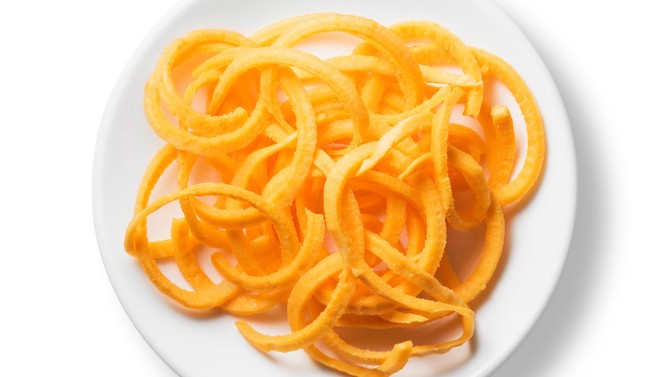
Photo: iStock
Nutritious Nachos
If you're anything like us, you keep your spiralizer blade on the spaghetti setting (it's ideal for the easy weeknight zucchini noodles we love). But here's a delicious reason to try using the wide setting. Next time you're in the mood for a healthy snack, try using the wide setting to transform sweet potatoes into flat pieces—which just so happen to be the perfect base for a good-for-you twist on nachos. Follow this recipe, but before you toss the spiralized spuds with oil and bake, use kitchen shears to cut the ribbons into 2-inch lengths, so they're easier to eat once they're loaded up with toppings.
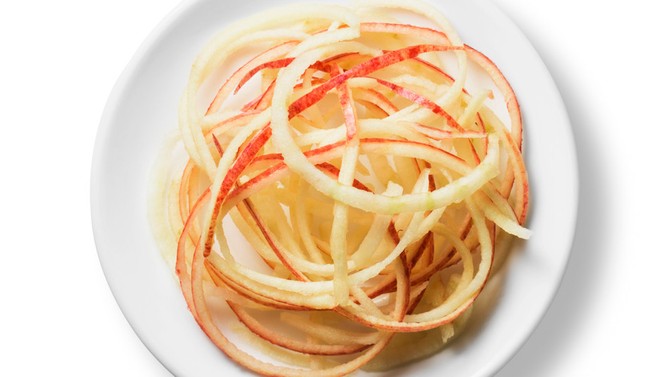
Photo: iStock
A Sweet Side
Sautéed apples are an underrated side dish; while they're a natural for pork, they're also delicious with chicken or sausage. Spiralizing the fruit (on the spaghetti or linguine setting) instead of slicing it makes for an even quicker cook time. Using this recipe as a guideline, brown your meat—bone-in pork chops or chicken thighs especially work well—and deglaze with a splash of wine. Remove the meat from the pan and add the apples (as well as onion, if you'd like) and a glug of stock; once the liquid is bubbling, return the meat to the skillet and continue cooking until it's done and the apples have turned into a soft and—thanks to the spiralizer—twirlable accompaniment.
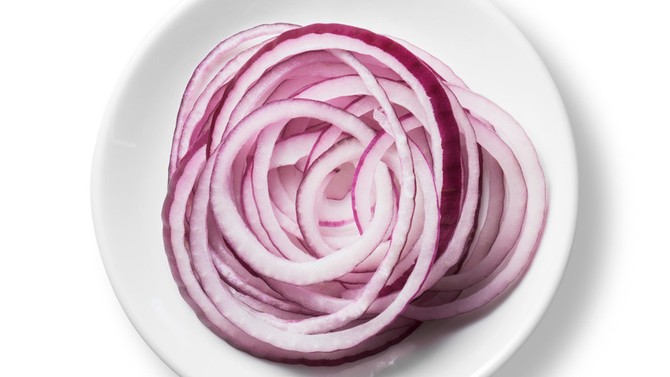
Photo: iStock
Onions Without Tears
Spiralizers can make quick work out of onions—which is great news for anyone who has wiped away the tears while slowly chopping their way through a large Vidalia with a knife. Once you've cut off both ends and peeled away the papery skin, place it in the spiralizer—the narrow, spaghetti-type setting is perfect—and spin away. In about 10 seconds, you'll have strands for frying as a garnish over casseroles or on sandwiches, pickling or caramelizing, which you can then use in any number of ways (hello, onion dip).
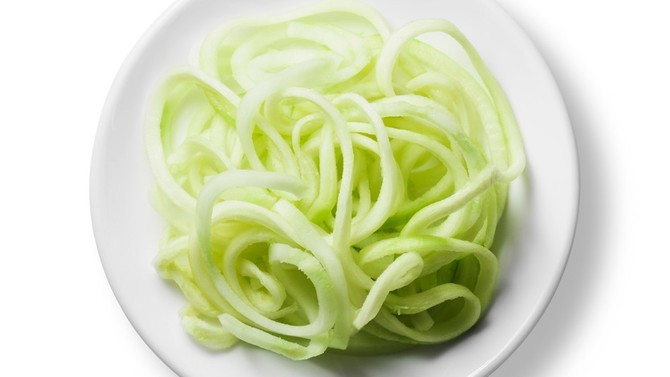
Photo: iStock
Melon That Looks (Almost) Too Good to Eat
It can be tricky to get uniformly cut pieces of cantaloupe or honeydew when using a knife—but with a spiralizer, you'll end up with eye-catching strands you can use in a multitude of dishes. Here's how: First, cut off the peel using a sharp vegetable peeler or a chef's knife. Next, put the entire peeled melon into the spiralizer and start spinning, using the spaghetti mode. Once you're midway through the fruit, release it from the spiralizer and scoop out the seeds with a spoon; then place it back in and continue spinning. The fruit noodles (froodles?) are a beautiful way to jazz up a yogurt and granola breakfast bowl, and are delicious with torn pieces of prosciutto, or feta and basil in a salad.
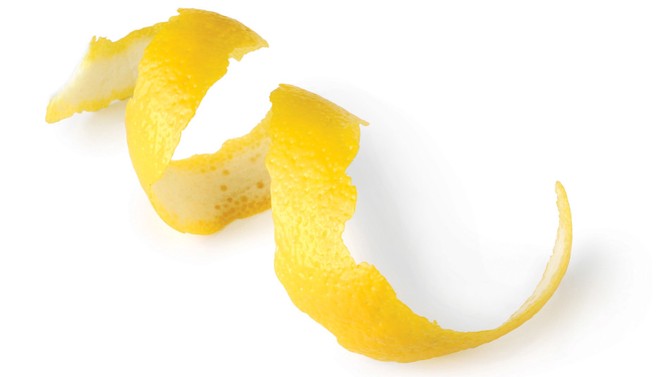
Photo: iStock
Drink Garnishes in a Flash
Once you try spiralizing a citrus fruit, you'll never look at a pitcher of infused water, iced tea or margaritas again. There's no need to peel lemons, limes and oranges first; just cut a small piece of each end off so the prongs can fit into the fruit more snugly, and then spin away (using the ribbon-like blade). Drop the lemon twists into water, iced tea or lemonade; limes into a batch of margaritas; and, oranges into sangria for a gorgeous presentation and zippy flavor.
Published 10/14/2017

